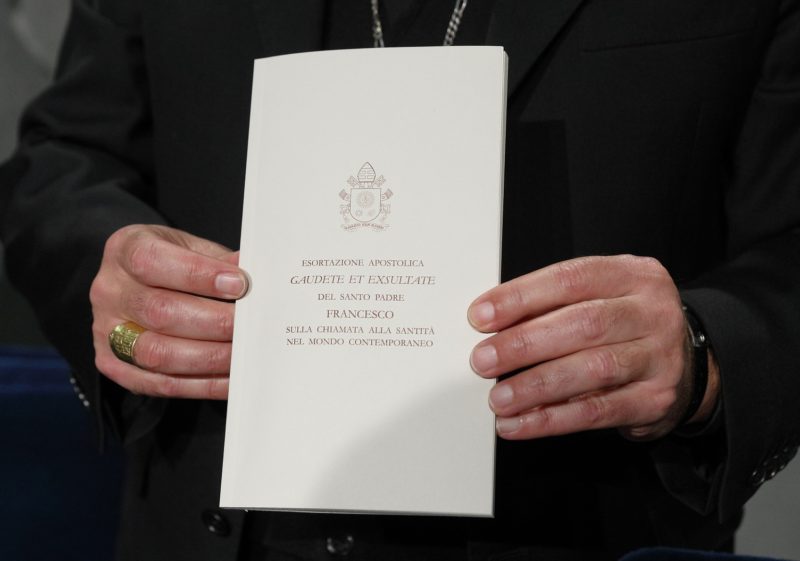Apostolic Exhortations are usually the result of a synod and attempt to combine the ideas presented by many bishops into a single document. In consequence they are often lengthy and disjointed. This is not the case with Gaudete et Exsultate; it is clearly the voice of one bishop, the Bishop of Rome, preaching to the whole world. Pope Francis is out to call all of us to holiness “in a practical way for our own time”.
The exhortation bears the unmistakable stamp of his style and his personal holiness. In remarkably accessible language he declares there is no one path that all must follow, but that there is a universal call. He offers the examples of biblical characters, of numerous saints both familiar and little known. He speaks of the influence of mothers and grandmothers.
To the delight of New Zealanders reading this document the Pope quotes from our bishops, a statement they wrote back in 1988 called Healing Love — In support of Married People and Divorced Catholics. To put that in context, he does quote from other bishops’ conferences, but this is the second time he has cited the New Zealand bishops — they got a mention in his encyclical on the environment, Laudato Si’. He deliberately quotes voices from all parts of the Church.
The Pope’s Jesuit training shows in his citations from the Spiritual Exercises of St Ignatius Loyola but he is only one in a catalogue of spiritual greats called upon.
Holiness is not a restrictive concept for the Holy Father — “Do not be afraid of holiness, it will take away none of your energy, vitality or joy.”
The document focuses on the person of Christ and his teaching, in particular the Beatitudes. Seeking holiness also involves combating evil and the Devil is clearly presented as an opponent who is no “symbol, figure of speech or an idea”.
Some parts of the document appear to reflect the Pope’s own experiences of public criticism. He asserts that “in the Church there legitimately coexist different ways of interpreting many aspects of doctrine and Christian life” and he labels as heresy “a narcissistic and authoritarian elitism, whereby instead of evangelising, one analyses and classifies others”. He points out that Christians can be “caught up in networks of verbal violence through the Internet” and that this can take place “even in Catholic media”.
It is very much a document for our day, and I was struck by how up to date some of the language and imagery was. This is the first papal document to contain a phrase like “All of us, especially the young, are immersed in a culture of zapping.”
The Pope concludes by focusing on Mary, the mother of Jesus, as a teacher of holiness. I came away from my reading of this exhortation moved by the beauty, power and simplicity of the language of Pope Francis.
Fr Mervyn Duffy, SM, is acting principal of Good Sherherd College in Auckland.

Reader Interactions